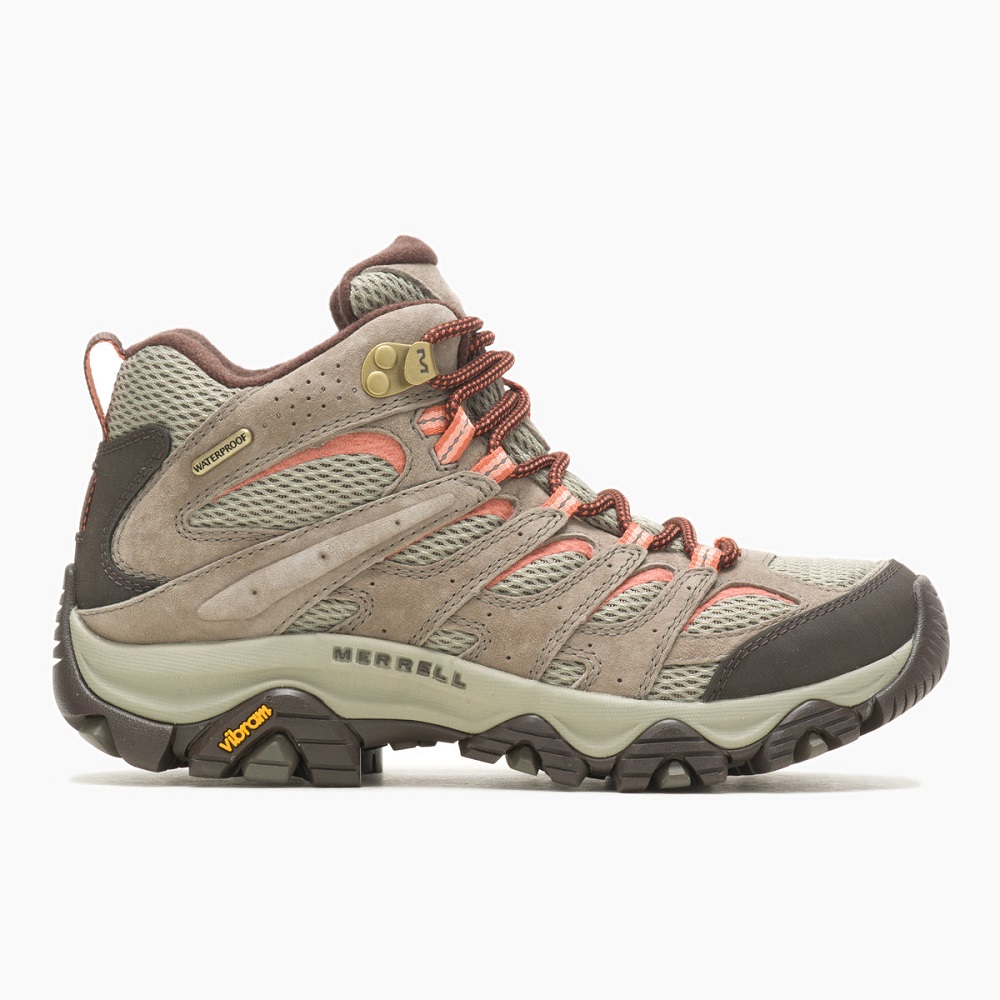Importance of Choosing the Right Hiking Boots
Selecting the right women’s hiking boots is essential for a safe and enjoyable hike. Proper boots ensure that your feet remain protected, comfortable, and well-supported throughout your adventure. They can also make the difference between a successful journey and a painful experience. Let’s explore how the right hiking boots impact comfort and performance, and the risks of using unsuitable footwear.
The Impact on Comfort and Performance
Quality women’s hiking boots improve overall hiking comfort. They provide cushioning to reduce pressure on your feet during long walks. Proper boots also enhance performance by ensuring stable footing on different terrains. The right pair can prevent blisters, hotspots, and other forms of discomfort. Additionally, they minimize fatigue, allowing hikers to maintain their energy and pace for extended periods.
Waterproof boots are especially beneficial in wet conditions, keeping your feet dry and warm. Lightweight boots can also boost speed and ease movement over trails. With features like excellent grip and flexibility, hiking boots improve traction and adaptability on various terrains. These features contribute to a better hiking experience and reduce physical strain.
Risks of Using Improper Footwear During Hikes
Wearing unsuitable footwear during hikes can lead to severe issues. Improper shoes may cause blisters, pain, and swelling, which ruin the hiking experience. Lack of proper support can result in ankle sprains or injuries, especially on uneven surfaces. Non-waterproof footwear can expose your feet to wet conditions, leading to cold and discomfort.
Inadequate traction from improper shoes can cause slips and falls, increasing the risk of accidents. Wearing shoes that are too tight or loose may hinder movement and create foot problems over time. Unsupported arches in poor footwear can lead to long-term discomfort or injuries. Prioritizing the right hiking boots helps prevent these risks, ensuring a safe and pleasant journey.

Key Features to Look for in Women?s Hiking Boots
Choosing hiking boots with the right features is crucial for safety and comfort during hikes. The key attributes to prioritize in women’s hiking boots ensure you remain prepared for various terrains and weather conditions.
Waterproofing and Weather Resistance
Waterproof boots protect your feet in wet conditions. They keep moisture out and maintain dryness. Look for water-resistant materials and sealed seams for added protection. Hiking in rain or crossing streams becomes easier with these boots. Weather-resistant features also prevent cold feet in harsh climates, boosting comfort.
Durability and Construction Materials
Durable hiking boots last through numerous outdoor adventures. Opt for boots with sturdy materials like leather or synthetic blends. Reinforced toes and midsoles add to their toughness. Solid construction resists wear and tear even on rugged trails. The boots should handle repeated use without losing support.
Ankle Support and Stability
Good ankle support prevents injuries on uneven terrains. Boots with a firm yet flexible design provide stability. High-cut or mid-cut designs offer extra ankle protection. Padded collars and laces ensure a secure, comfortable fit. Strong support reduces strain on the ankles during long hikes.
Weight and Flexibility for Different Terrains
Lightweight boots enhance ease of movement and speed on trails. For steep terrains, opt for flexible boots that adjust to the surface. Softer soles work well for smooth trails, while stiff ones suit rocky areas. Flexible boots also reduce fatigue and help keep your pace steady. Lightweight and flexible boots allow easier transitions on mixed terrains.
Types of Hiking Boots for Women
Finding the right type of hiking boots is essential for comfort and functionality on the trail. Women’s hiking boots come in various designs tailored for different hiking styles, terrains, and conditions. Below, we’ll explore the three main types of hiking boots for women: day hiking boots, backpacking boots, and trail running shoes.
Day Hiking Boots
Day hiking boots are ideal for short hikes or day trips. They are lightweight, providing easier movement on less demanding trails. These boots typically have mid-cut or low-cut designs, offering flexibility and moderate ankle support. Their soles strike a balance between grip and comfort, catering to casual hikers exploring maintained paths. Look for breathable materials, which help keep your feet cool during warm hikes.
Backpacking Boots
Backpacking boots are built for long treks and carrying heavier loads. They offer excellent durability and firm ankle support, making them suitable for uneven and rugged terrains. With a high-cut design, these boots protect feet from debris and enhance stability. Their stiff midsoles provide solid footing, especially on rocky or steep trails. Waterproofing and insulated options ensure your feet stay dry and warm in unpredictable weather. Backpacking boots are the go-to choice for more challenging adventures.
Trail Running Shoes vs Hiking Boots
Trail running shoes are a lighter alternative to hiking boots but have distinct differences. They are designed for speed and agility on smooth and moderate trails. These shoes offer minimal ankle support compared to hiking boots, making them less suitable for uneven terrains. Hiking boots, on the other hand, are sturdier and provide superior traction, durability, and protection. While trail running shoes are great for casual runners who enjoy trails, hiking boots are better for those seeking stability and support on challenging hikes.
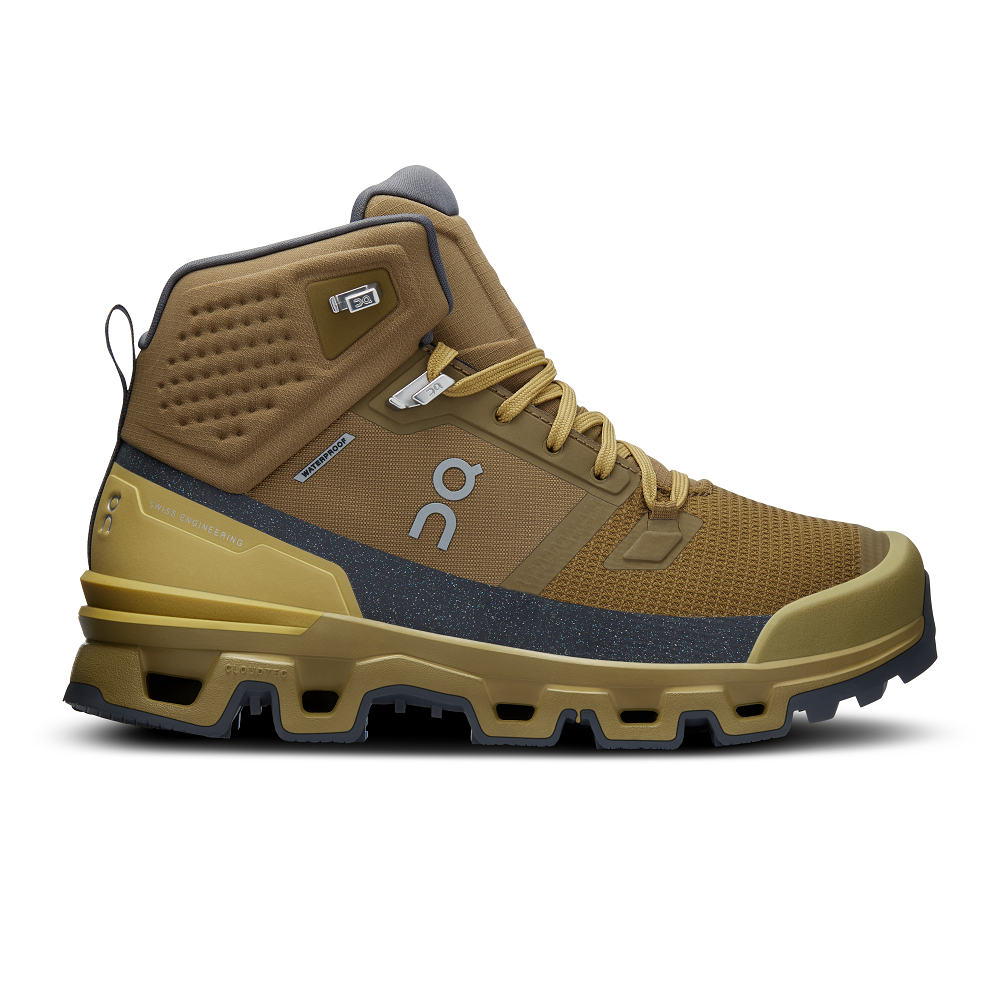
How to Determine the Perfect Fit
Choosing hiking boots that fit perfectly is vital for comfort and foot health. Ill-fitting boots can cause blisters, pain, and fatigue, negatively affecting your hiking experience. To ensure the perfect fit, it’s important to measure your feet correctly, test the boots for comfort and support, and consider socks and insoles as part of your overall setup.
Measuring Your Feet Correctly
Start by measuring your feet at the end of the day, when they are slightly swollen. Use a sizing device or ruler to measure foot length and width accurately. Ensure that both feet are measured, as they may differ in size. Use the measurements to select boots that match your foot dimensions. Also, account for additional space for thick hiking socks.
Testing Boots for Comfort and Support
When trying on boots, wear hiking socks similar to what you will use on trails. Stand, walk, and climb stairs to test the fit and support. Ensure there’s enough room for your toes but avoid excessive space that leads to sliding. The heel should feel secure and avoid lifting when walking. Check for proper arch support, and ensure the boots feel comfortable during extended trials.
Socks and Insoles Considerations
Socks play an essential role in achieving a perfect fit. Choose moisture-wicking hiking socks that reduce friction and keep feet dry. Insoles can enhance comfort, especially if your boots lack adequate arch support. Custom or high-quality insoles can improve fit and reduce fatigue during long hikes. Ensure socks and insoles do not make your boots too tight or loose.
Getting the right fit ensures you stay comfortable and safe during your adventures. Invest time in testing boots and considering all factors before setting out.
Popular Brands for Women?s Hiking Boots
Choosing the right brand for women’s hiking boots matters. Trusted brands ensure quality, comfort, and durability. Let’s examine some top-rated options.
Overview of Top-Rated Brands
- Merrell: Merrell is famous for its versatile hiking boots, offering excellent grip and comfort. Their boots often feature waterproofing and breathable materials.
- Salomon: Salomon hiking boots combine lightweight designs with superior traction and durability. They are great for challenging terrains.
- KEEN: Known for a wide toe box and dependable waterproofing, KEEN boots prioritize foot comfort and protection.
- Columbia: Columbia boots balance affordability with performance. They use insulated options for cold-weather hikes.
- Scarpa: Scarpa offers premium-quality hiking boots that cater to advanced hikers. Their boots focus on stability and ruggedness.
- The North Face: These hiking boots often feature stylish designs and reliable waterproofing for diverse trail conditions.
Comparing Features of Leading Brands
- Comfort: Merrell and KEEN emphasize comfort, making them ideal for day-long hikes.
- Durability: Scarpa and Salomon excel in rugged trail durability, perfect for backpacking adventures.
- Waterproofing: KEEN, Salomon, and Columbia offer top-rated waterproofing, keeping feet dry in wet conditions.
- Traction: Salomon and The North Face provide exceptional outsole grip, reducing slip risks on slopes.
- Weight: Merrell and Columbia focus on lightweight designs for easy trail movement.
- Price: Columbia offers budget-friendly options, while Scarpa is premium but highly durable.
Each brand has distinct strengths. Choose based on your hiking needs, trail difficulty, and budget.
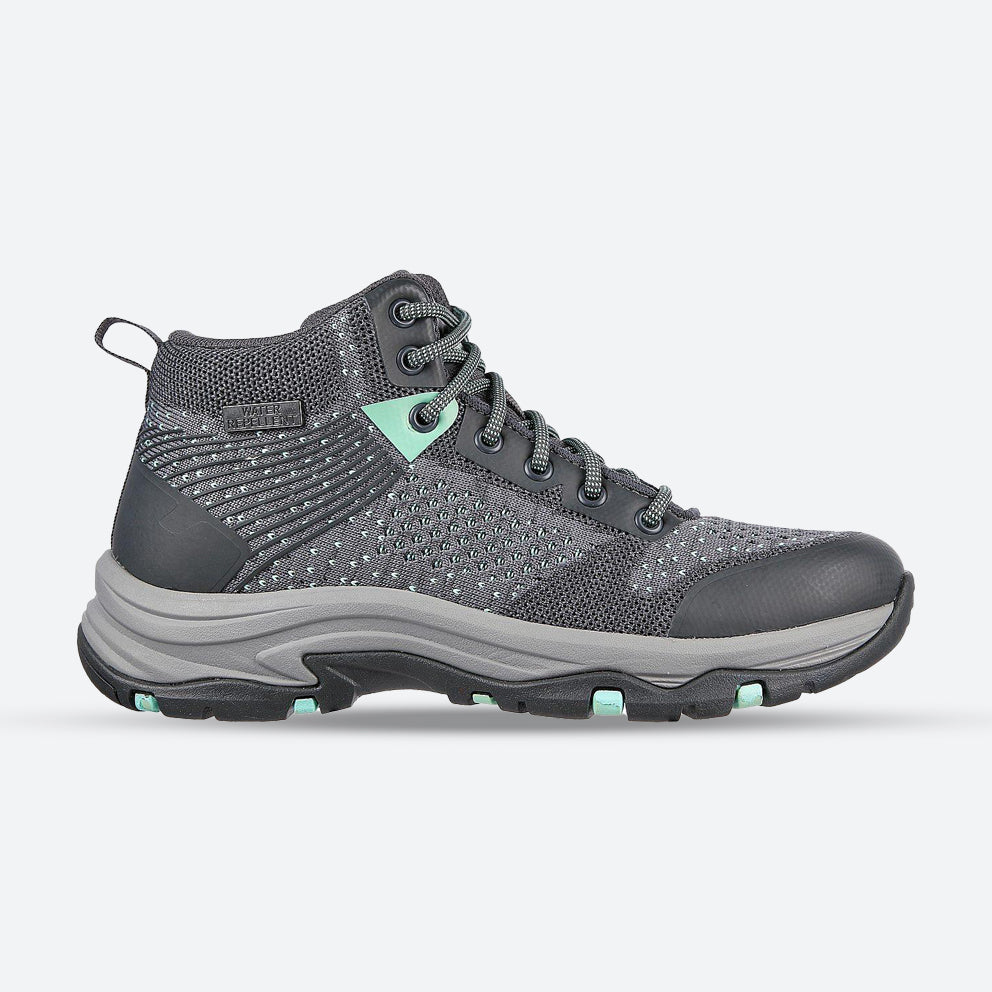
Tips for Maintaining and Extending the Life of Hiking Boots
Women’s hiking boots are an essential investment for outdoor enthusiasts. Caring for them properly extends their lifespan and enhances their performance. Here are key maintenance tips to ensure your boots remain in top condition for every adventure.
Proper Cleaning Techniques
- Clean after every hike: Remove dirt, mud, and debris after each use.
- Use a soft brush: Gently scrub the boots without damaging the material or seams.
- Rinse with lukewarm water: Avoid using hot water, which may harm the glue and material.
- Mild detergent: Use a specific cleaning solution for hiking boots, not harsh chemicals.
- Dry naturally: Let them air dry away from direct sunlight or heaters to prevent cracking.
Storage Suggestions
- Dry before storing: Ensure boots are fully dry to avoid mold and odor.
- Store in a cool, dry place: Avoid damp or hot areas that can damage materials.
- Use boot shapers: Maintain the boots’ shape by inserting boot shapers or crumpled paper.
- Avoid compression: Do not stack heavy items on top of your boots during storage.
Repairing and Resoling Options
- Inspect regularly: Check for wear, damage, or loose parts after every hike.
- Repair minor issues promptly: Fix small tears, broken laces, or worn seams early to prevent worsening.
- Resole worn soles: Take your boots to a professional cobbler if soles show significant wear.
- Maintain waterproofing: Reapply waterproof sprays or wax regularly to preserve protection.
Regular cleaning, proper storage, and timely repairs protect your women’s hiking boots. These simple steps ensure they last longer while maintaining performance on every trail.
Budget-Friendly vs Premium Hiking Boots
Choosing between budget-friendly and premium women’s hiking boots depends on your needs and preferences. Both options offer benefits, but understanding cost and quality differences helps make informed decisions.
Evaluating Cost vs Quality
- Budget-Friendly Boots:
- Affordable options are suitable for occasional or light hikers.
- Materials often include synthetic fabrics for lightweight and decent durability.
- Features like waterproofing may be basic or limited in performance.
- They work well on shorter, maintained trails but may not last for years.
- Premium Hiking Boots:
- Premium boots feature high-quality leather or advanced materials for superior durability.
- They offer better waterproofing, excellent traction, and enhanced comfort over long hikes.
- Premium options are suitable for rugged terrains and challenging conditions.
- Higher costs are justified by longer lifespans and advanced performance features.
When to Splurge and When to Save
- Splurge If:
- You regularly hike or tackle rough and demanding trails.
- Comfort, durability, and specific features like ankle support are priorities.
- You plan multi-day hikes or carry heavy backpacks, where premium boots excel.
- Save If:
- You are a casual hiker exploring smooth, short trails.
- Your hikes occur in favorable weather and predictable terrains.
- You are new to hiking and unsure how frequently you’ll hike.
Choosing the right pair depends on your hiking style, terrain, and frequency. Invest wisely for comfort and safety.
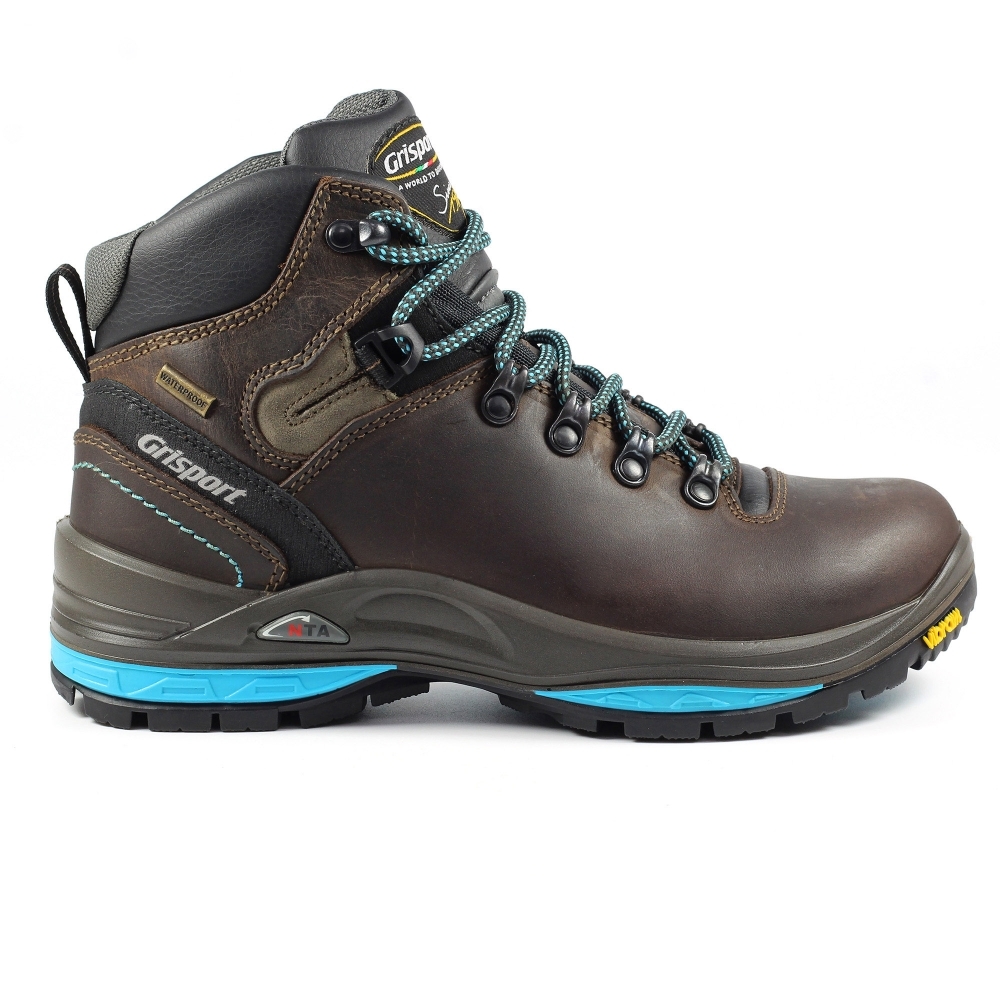
Community Support and Resources
Engaging with Fellow Hikers
Joining local hiking groups can provide invaluable support and knowledge for new and experienced hikers. These communities offer insights into various trails, gear recommendations, and shared experiences. Connecting with others fosters camaraderie during your hiking adventures.
Utilizing Online Resources
Online resources offer vast information about hiking gear, trails, and techniques. Websites, forums, and social media platforms provide valuable insights and tips from seasoned hikers. Engaging with online communities can enrich your understanding of the hiking world.
Attending Workshops and Events
Participating in workshops focused on hiking skills or gear can enhance your knowledge. Many outdoor retailers or organizations host events that feature gear testing and demonstrations. These opportunities allow you to learn hands-on while connecting with passionate individuals.
Elevate Your Hiking Experience
Summary of Key Points
Choosing the right pair of women’s hiking boots is vital for achieving an enjoyable hiking experience. Understanding various factors, such as fit, materials, and terrain, will allow you to make informed decisions. Proper care and maintenance of your boots will enhance their performance and longevity.
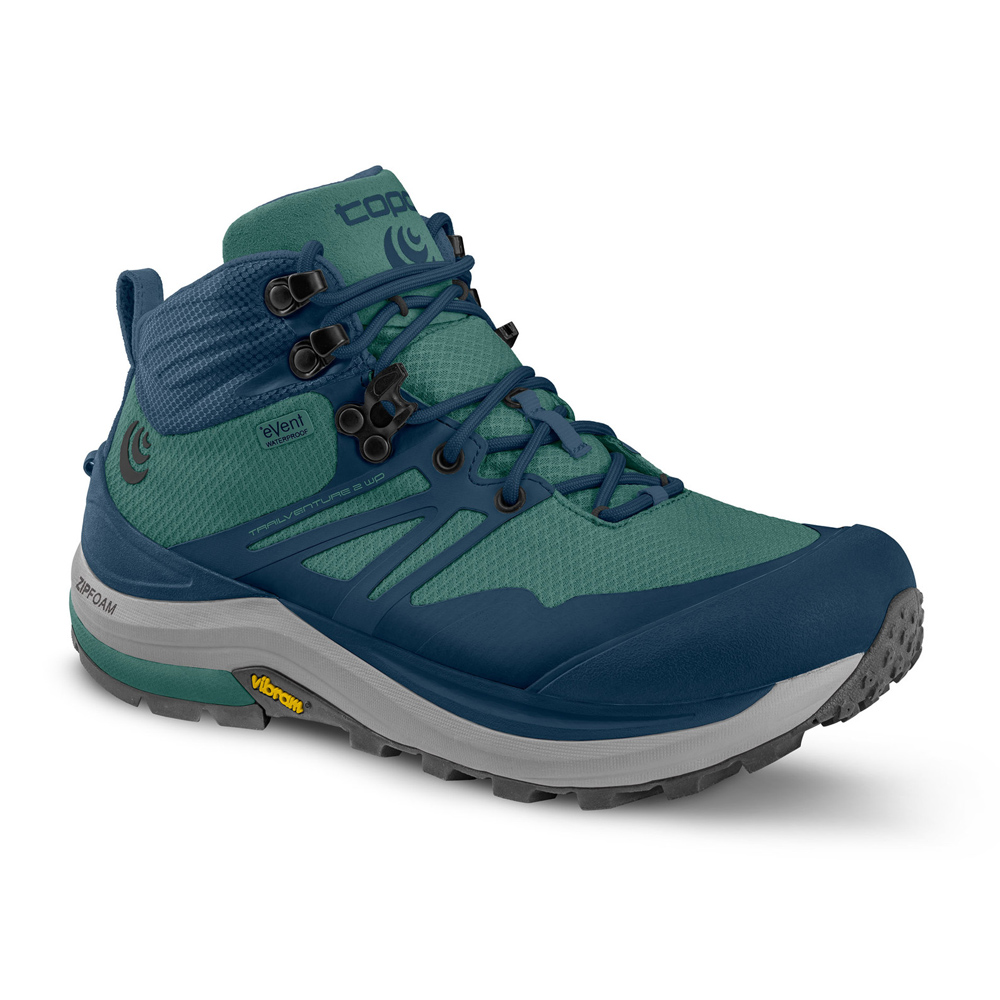
Confidence in Your Gear
Investing time in understanding your needs and selecting the right hiking boots will empower you to tackle any trail with confidence. With the right footwear, you will feel supported and ready to explore the great outdoors.
Embrace Your Adventure
As you embark on your hiking journey, embrace the adventure that lies ahead. Each trek provides an opportunity to connect with nature, improve your skills, and experience the beauty of the world around you. Enjoy the process and celebrate every step along your path to becoming a better hiker—one with the perfect pair of hiking boots!
